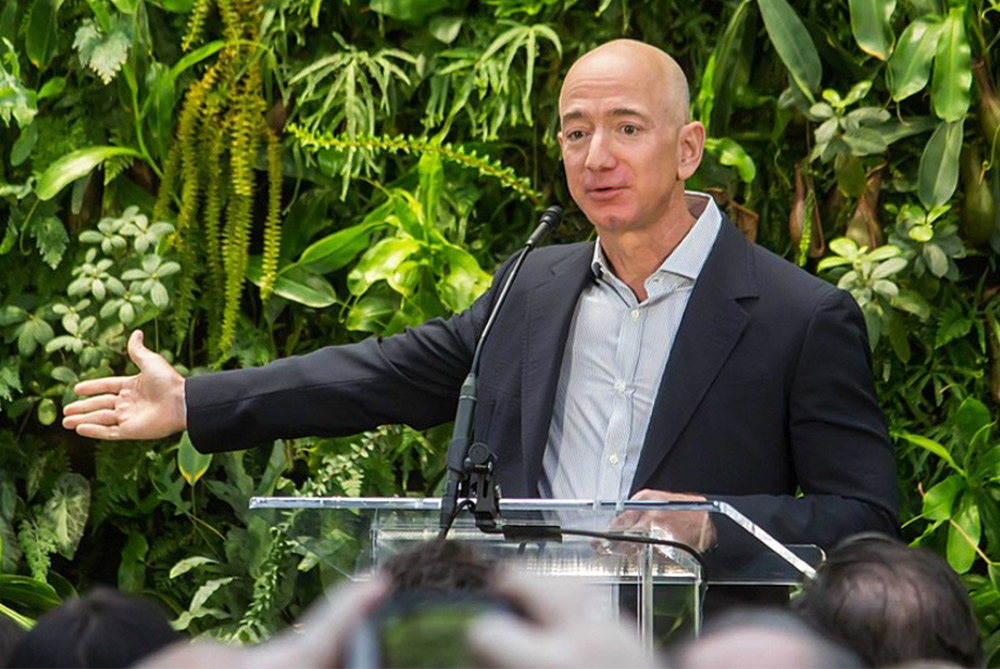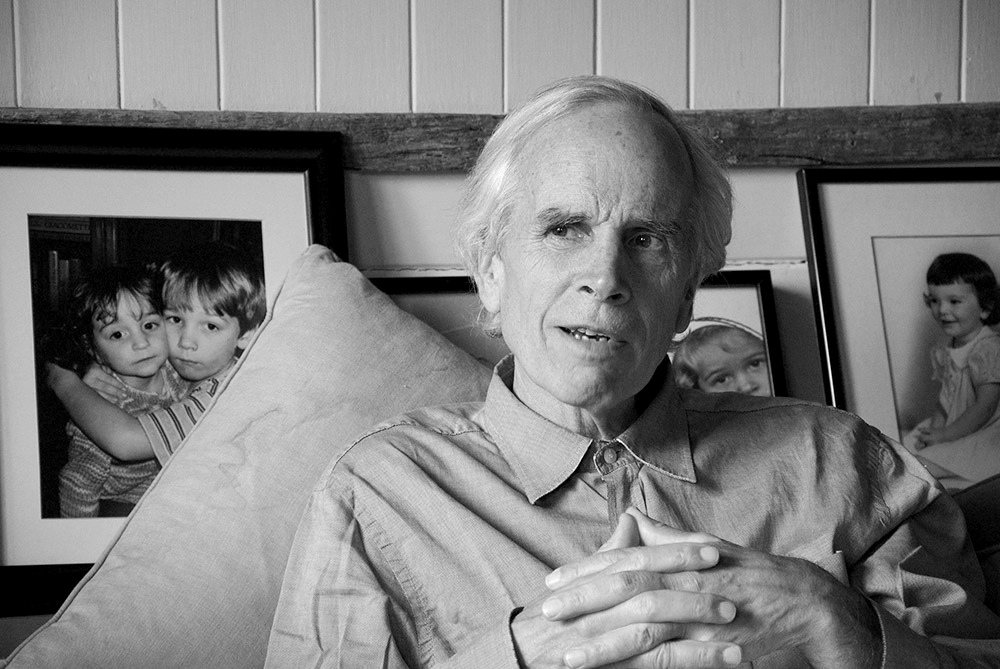Who’s who in The Golden State’s fight against climate change
Words by STEPHANIE RAFANELLI
After purchasing David Geffen’s Beverly Hills compound, Jeff Bezos is now one of our own. For better or for worse, some might say. But in February, even haters had cause to reconsider the controversial figure when the Amazon founder pledged $10 million to combat global carbon emissions.
The Bezos Earth Fund will work in partnership with climate activists, scientists and NGOs whose most urgent mission is the South American basin under escalating threat of deforestation from the Brazilian Bolsonaro presidency. Snappily put, it’s Amazon for the Amazon — home to 10 percent of the planet’s plant and animal species.
AMAZON founder — and now Beverly Hills resident — JEFF BEZOS has pledged $10 million toward climate activism.
There are skeptics, of course: In July, Bezos earned $18 million from the stock market in a single day, and he has been under pressure from Amazon Employees for Climate Justice, who have condemned his support of the fossil fuel industries. However, according to The Guardian, his is the third biggest philanthropic donation this century. It also makes California one of the largest financial epicenters in the private sector’s contribution to saving the world’s rainforests, which are still the most efficient carbon-removal system on the planet.
Jeff Bezos’ $10 million pledge makes California one of the largest financial epicenters in the private sector’s contribution to saving the world’s rainforests
Last year, Hewlett-Packard committed $11 million over the next five years to combat deforestation in Brazil and China, partly to offset its own paper production. And Apple ring-fenced 27,000 acres of mangrove forest in Colombia for protection — mangroves can absorb and store up to 10 times more carbon than other forests.
The late DOUGLAS TOMPKINS, who co-founded THE NORTH FACE outdoor apparel brand, left behind a legacy of conservation. Photo by Sam Beebe.
Surprisingly, the planet’s most innovative tech firms are backing primarily natural-based climate solutions. This follows the model of private land protection set out by adventurer Douglas Tompkins (who passed away in 2015 in Chile) and wife Kris, ex-CEO of Patagonia, when they purchased 200 million acres in Chile and Argentina, helping to establish 14 national parks.
The world’s rainforests are still the most efficient carbon-removal system on the planet. Photo by Ardi Evans/Unsplash.
Restoring forests, wetland or terrestrial, combating deforestation and supporting sustainable indigenous practices could cut 7 billion tons of carbon emissions annually, The Nature Conservancy has suggested. That’s equivalent to every driver on Earth giving up his or her car. According to a more recent study, a decade’s worth of human emissions could be absorbed by the planting of 1.2 billion trillion trees. California, it’s not too late to turn back the clock.
Feature image: The Amazon rainforest. Photo by Al’Fred/Shutterstock.
A version of this story originally appeared in the September 2020 issue of C Magazine.
Discover more CULTURE news.






